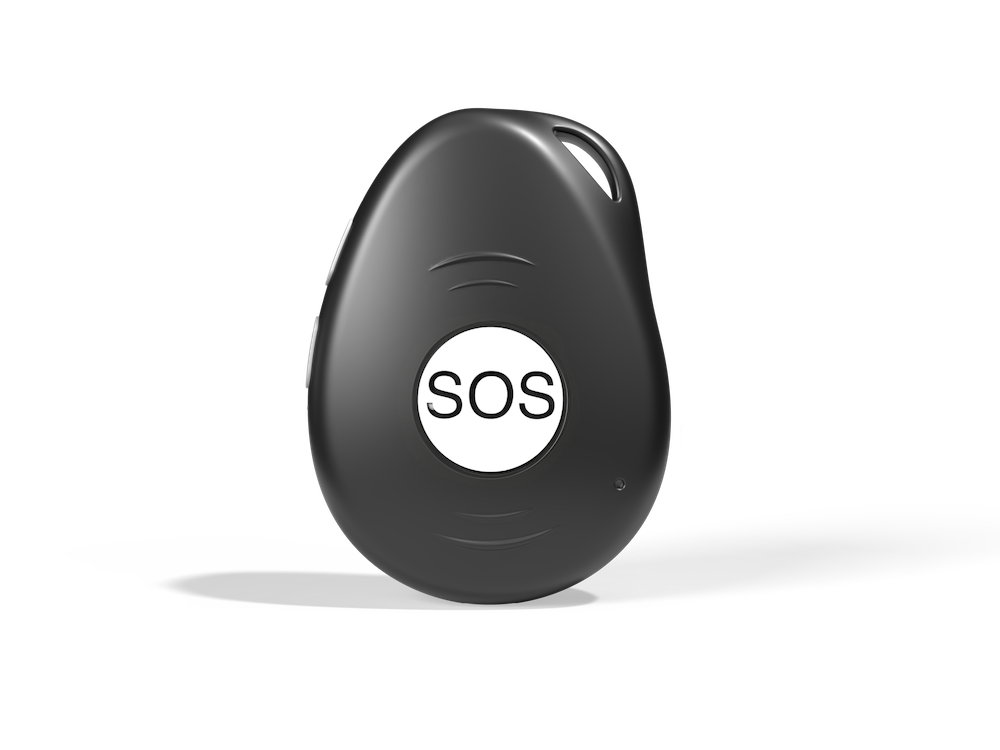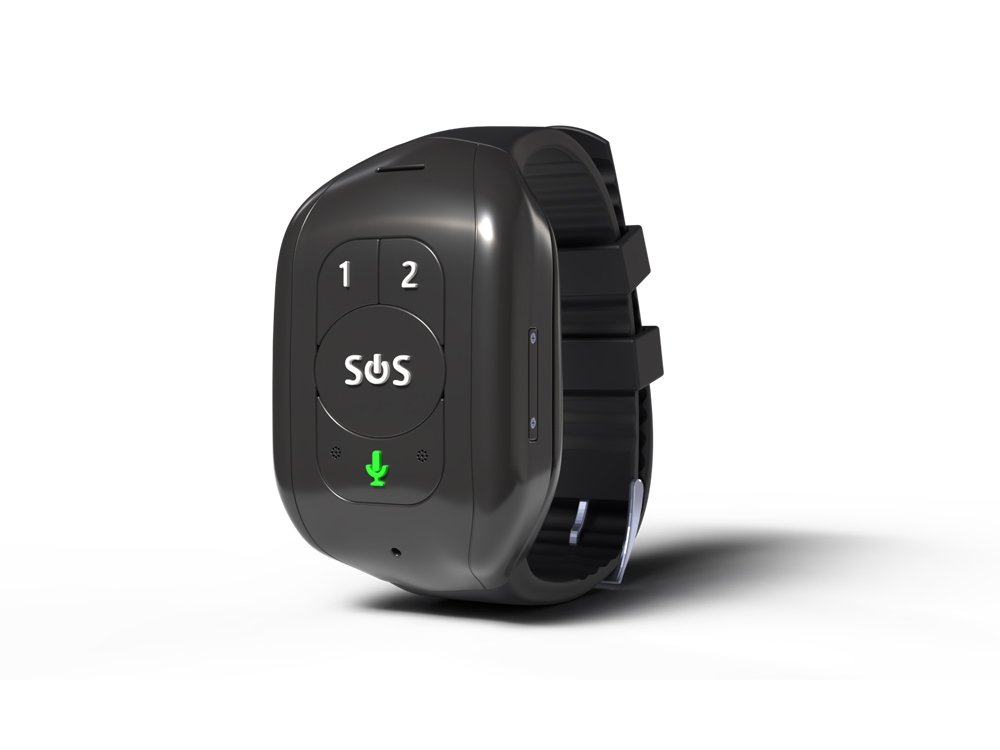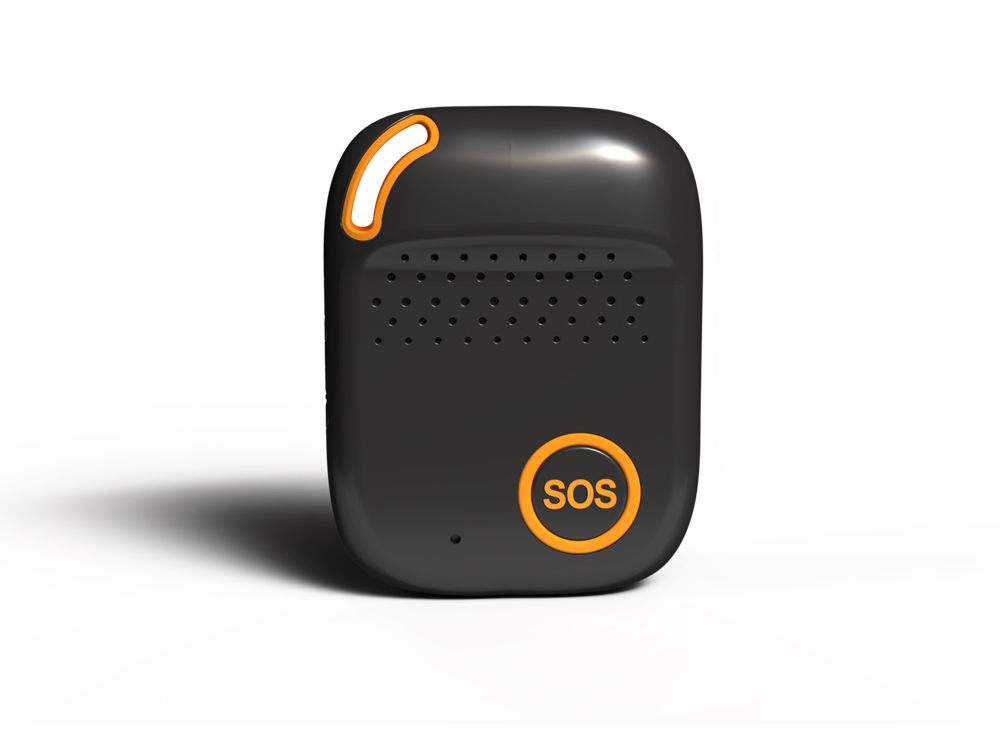Stay Connected to What Matters Most—SecuLife’s Real-Time Safety Solutions for Kids, Seniors, and Pets.
Explore our wide range of personal security devices and find the perfect fit for your needs.
Kids
Child Safety
Made Simple
Features two-way calling and an SOS Panic Button that instantly calls and sends text, email, and in-app alerts. Plus, Safe Zone arrival and departure notifications and a location map.
Elderly
Senior
Independence
The Senior Medical Monitoring offers instant Fall Alerts and an SOS Panic Button that automatically calls your emergency contacts & sends alerts to help your aging loved ones live independently.
Pets
Keep Your Furry
Friend Safe
Never worry about your furry friend wandering too far. The SecuLife GPS Pet Tracker offers location updates viewable on the SecuLife Mobile App and customizable safe zones with instant notifications.
Vehicles & Assets
Secure Your
Vehicles and Valuables
Keep everything that matters safe. Easily manage your vehicle or valuables location and know when it has entered or exited a preset location or has exceeded the speed limit.
Kids
Child Safety
Made Simple
Features two-way calling and an SOS Panic Button that instantly calls and sends text, email, and in-app alerts. Plus, Safe Zone arrival and departure notifications and a location map.
Elderly
Senior
Independence
The Senior Medical Monitoring offers instant Fall Alerts and an SOS Panic Button that automatically calls your emergency contacts & sends alerts to help your aging loved ones live independently.
S7 Kids
The ultimate cellphone alternative. Features include an SOS panic button, geofencing safe zones, and GPS tracking to monitor your child’s location. IP67 splash and dustproof with wearable options. Classroom mode silences the device during school hours while keeping SOS alerts and tracking active. No access to unknown callers, internet, or social media, ensuring a secure, risk-free experience for young children.

Kids Smartwatches
The smartwatch for kids (ages 4-12) combines safety and fun. It offers video/voice calling, an SOS panic button, geofencing, and GPS tracking for real-time location updates. With IP67 splash and dustproof protection, classroom mode silences non-urgent notifications while keeping alerts active. No internet, social media, or unknown callers. Features include kids’ games, customizable screensavers, a camera, and scheduling alerts for added peace of mind.

SOS Wristband
Fall Alerts provide immediate assistance by sending SOS alerts through a panic button that contacts emergency contacts via voice call, text, email, and mobile app. The Geofencing feature notifies you when your loved one enters or exits a designated safe zone. With GPS location and history tracking, you can easily monitor their whereabouts throughout the day and quickly respond in emergencies.

S4 Seniors
Fall Alerts provide peace of mind. The SOS Panic Button instantly calls emergency contacts and sends alerts via text, email, and a mobile app. The Geofencing Safe Zone sends notifications when your loved one enters or leaves a designated area. GPS Location & History Tracking allows you to monitor their whereabouts throughout the day or review past locations. WitIP67 Splash & Dust Proof, the device is durable for everyday use and offers wearable options for added convenience.


Why Choose SecuLife?
We offer top-performing GPS Tracking Devices and the Nation’s Best Network to track and monitor the people and things that matter most to you!
Transparent Pricing
No hidden fees, free shipping, and flexible plansExceptional Support
U.S.-based customer service 7 days a week, with live onboardingRisk-Free Purchase
15-day money-back guarantee and lifetime warrantyHassle-Free Experience
No credit checks, free mobile app, and reliable monitoring coverage
Enhanced Safety Features for Peace of Mind
SecuLife GPS tracker – it’s your partner in keeping everything that matters most in life safe. Designed with busy lifestyles in mind, SecuLife devices combine cutting-edge technology with user-friendly features. They are the perfect balance of safety and independence, from GPS location updates to two-way communication.

GPS Location
Tracking
Review the location of your loved one, pet, vehicle, or valuables quickly from the SecuLife app.

Instant Geofence Notifications
Receive unlimited arrival and exit notifications right to your text, email and the mobile app.

Crystal
Clear Calling
Push the panic button, and the tracker will automatically dial emergency contacts, or you can just call to check-in.
Small, Durable,
and Splash Resistant
Our devices are easily concealable and wearable and can withstand everyday activities.
Our Blog
Discover personal safety tips and the latest news on GPS tracking technology.
Discover SecuLife’s Trusted Security Solutions
Explore our wide range of personal security services and find the perfect fit for your needs.
Take the First Step Towards Complete Family Security
Discover how SecuLife can help you protect and support your loved ones and assets with our all-in-one family safety solution.

Testimonials
Hear from our satisfied customers
“I like the size of the size of the product and it is great to keep in my sons backpack. I am happy with it so far. Great customer service with fast response.”
Tyler
“I’m happy with how simple it was to use and how well it actually works, I’m not very technical, so I was a little nervous about trying it out. The tracker works way better than I even expected, which is great, and I would recommend it to anyone needing something like this.”
Kelly O’Connor
“We got this for my mom who is in her 90’s and has diabetes as well. She can use it and it allows us to find her and get notified by her throughout the week.”
Nora Houston






